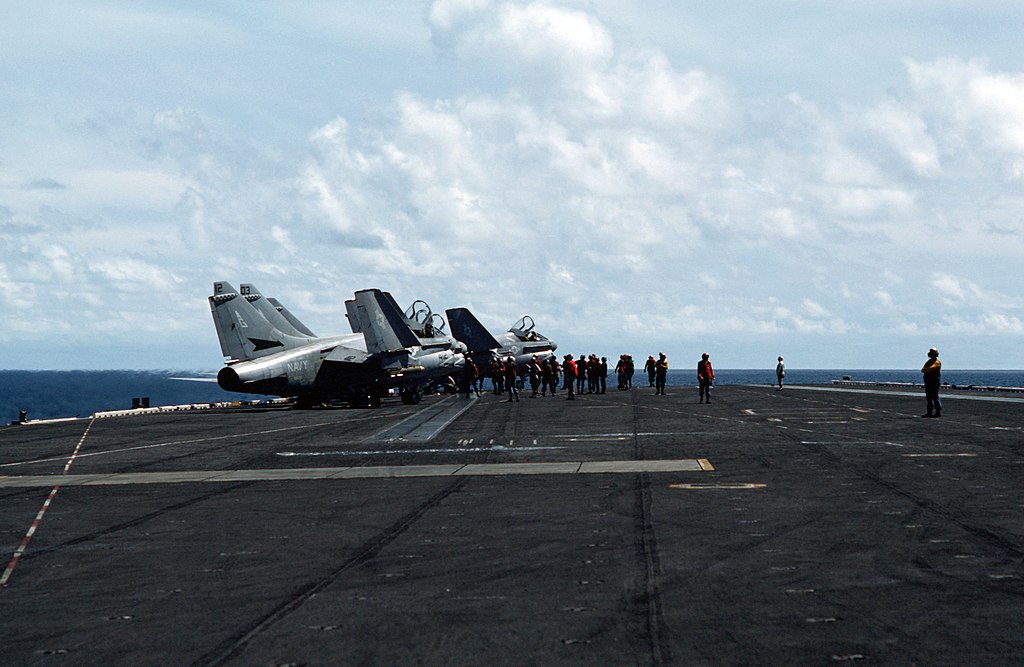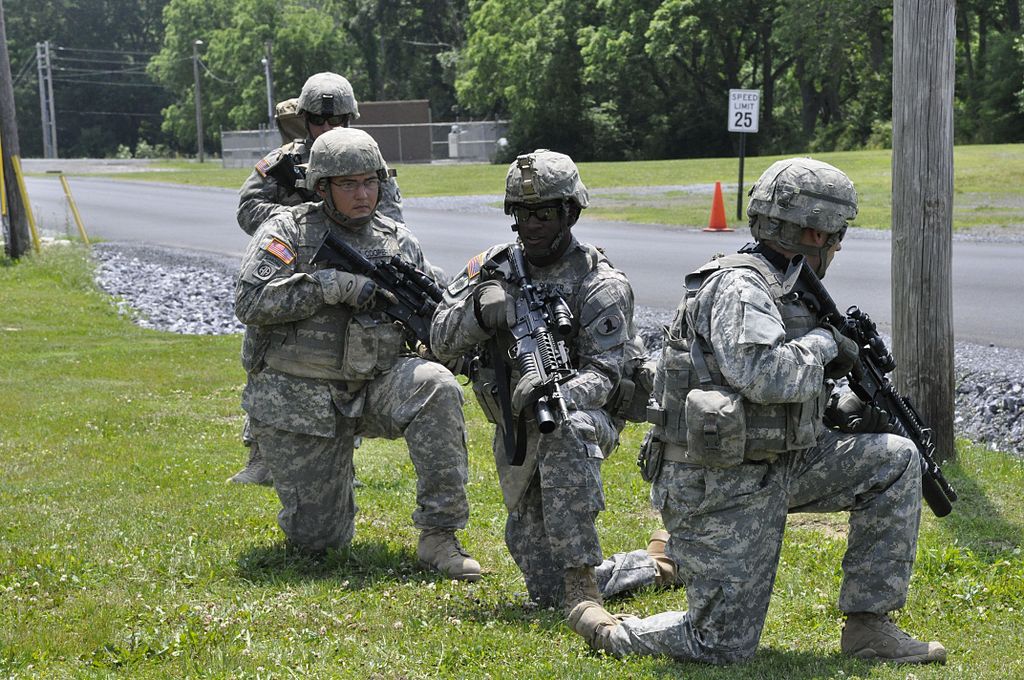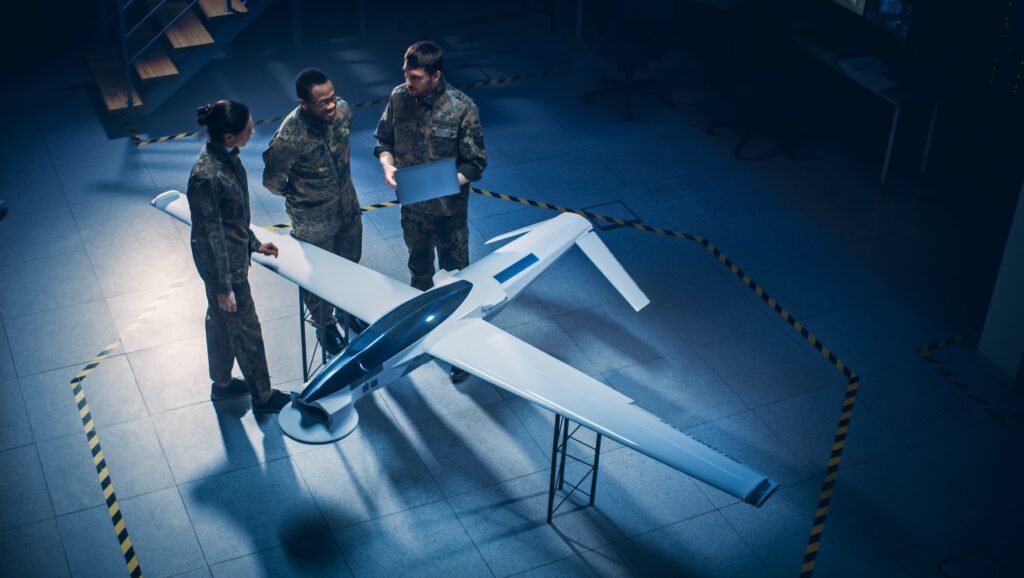With many options available, military personnel can launch various defense campaigns using manned and unmanned aircraft (drones), missiles, land warfare systems and ships.
The types of weaponry used depends on the campaign type, resources and personnel available to control and monitor weaponry systems.
The cost to develop, manufacture and maintain weaponry systems is very high. In addition, training military personnel on how to use these systems is time-consuming and costly.
Because of the increased reliance on technology, military personnel must have a thorough knowledge of electrical and engineering components, usage and maintenance protocols.
When developing weapons for the military, engineers must consider potential uses, materials, durability, ease of use, maintenance, safety and storage features. Engineers must also consider how to transport and install weapons on existing military vehicles.
Weapons used in military conflicts take many years to develop and perfect. Many of today’s weapons are improvements on older technology. As military conflicts and warfare continues to change, so must the weaponry used by military personnel.
Military Aircraft
Types of military aircraft available include transport and fighter planes, bombers and attack planes, patrol and surveillance planes, early warning planes and experimental planes.
In addition, military helicopters provide transportation, surveillance and attack capabilities for military campaigns.
Military planes used today include the Boeing C-17 Globemaster III, Lockheed C-5 Galaxy, Xian Y-20 Chinese Transport Aircraft and Antonov AN-22. These planes typically carry large numbers of military personnel, heavy equipment and supplies to locations around the world.
Missiles
Developed for use during World War II, missiles have become more sophisticated, thanks to technological advancements. And while missiles typically feature one or two explosive warheads, warheadless missiles are commonly used for training and practice exercises.
The three main types of missiles are ballistic, conventional guided and cruise missiles. Ballistic missiles include tactical, short and medium-range, submarine and air-launched, theatre and intercontinental ballistic missiles.
Conventional guided missiles include air-to-air, air-to-surface, wire-guided, anti-ship, anti-submarine, anti-satellite, anti-ballistic and land-attack missiles.
Cruise missiles include submarine-launched, ground-launched and air-launched varieties.
Land Warfare
Land warfare typically relies on infantry troops, combat vehicles and artillery for fighting mainly on land.
Combat vehicles include battle tanks, self-propelled artillery, armored reconnaissance vehicles, mine-resistant ambush-protected vehicles and armored personnel carriers.
Artillery includes ranged weapons capable of traveling over walls and other protective obstacles. Cannons, mortars and howitzers are common artillery weapons.
In addition to weaponry, land warfare requires strategy and tactical plans to successfully win land battles. Though less common today because of advances in drones and aircraft weaponry, land warfare is still common in regions where more advanced weaponry isn’t readily available.
Warships
Warships carry a variety of weaponry such as torpedoes, standard and ballistic missiles, railguns and laser weapon systems.
Unmanned Aircraft (Drones)
Drones equipped with explosive warheads or ammunition have reduced the need for land warfare. Hard to detect and easy to control, military drones also provide ways to survey and drop off supplies and materials in dangerous areas.
Nuclear and Chemical Weapons
In addition to traditional military defense weapon systems, weapons equipped with nuclear and chemical warheads are also available. However, careful consideration must be taken before using these types of weaponry because civilian causalities are typically higher. The long-lasting environmental impacts of using these weapons are also an issue when using nuclear and chemical weapons.
The Future of Military Defense Weapons
Advancements in technology continue to aid military engineers in designing and developing weapons for aircraft, ships, artillery vehicles and drones. Finding innovative ways to transport, maintain and protect weaponry when not in use will help cut costs while protecting military personnel from potential accidents.


